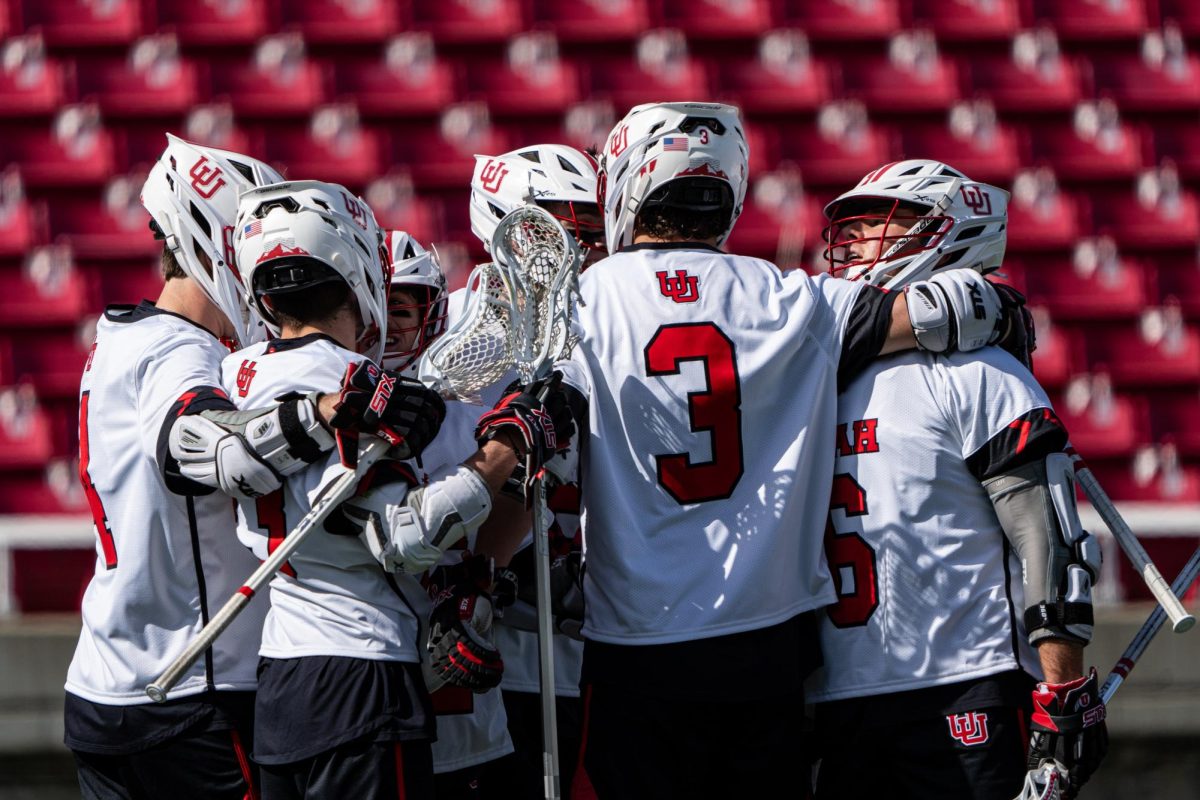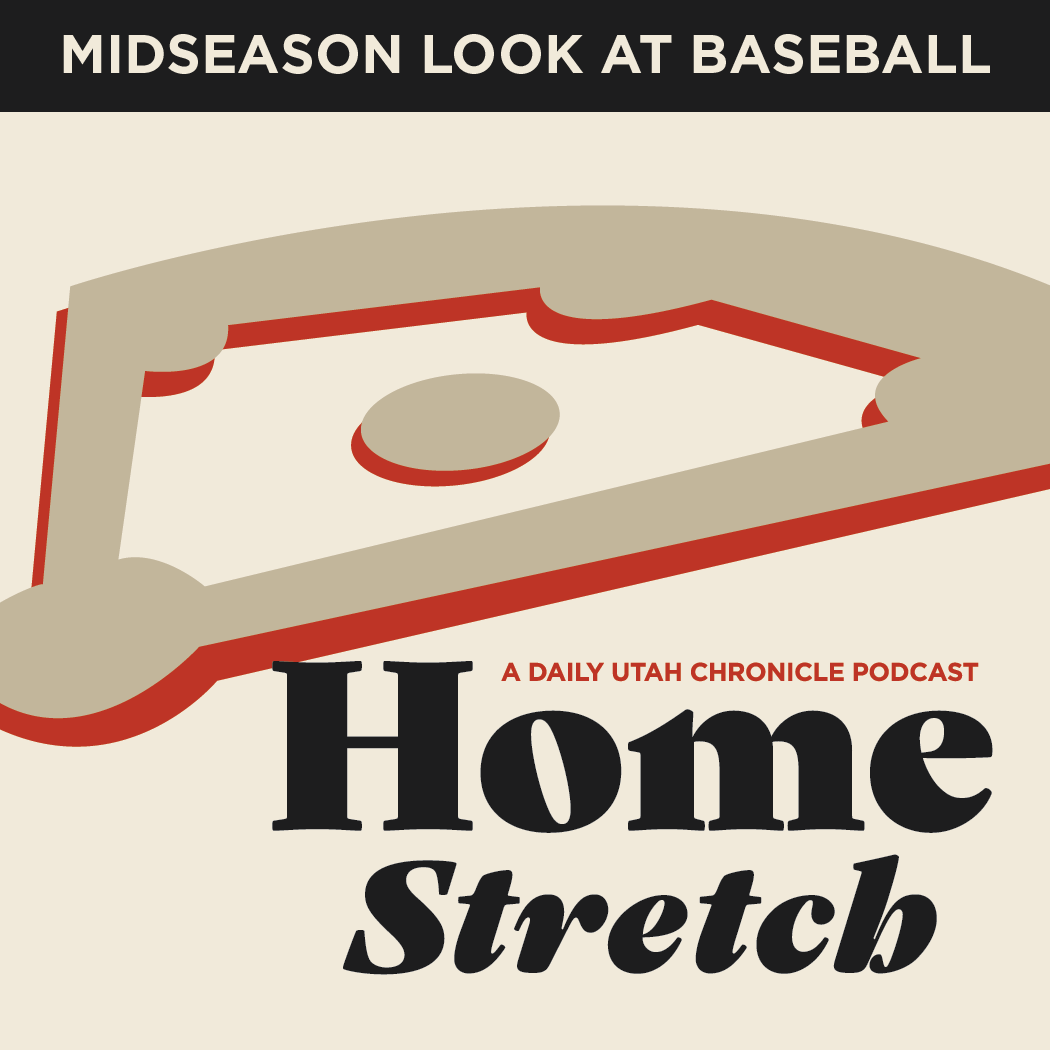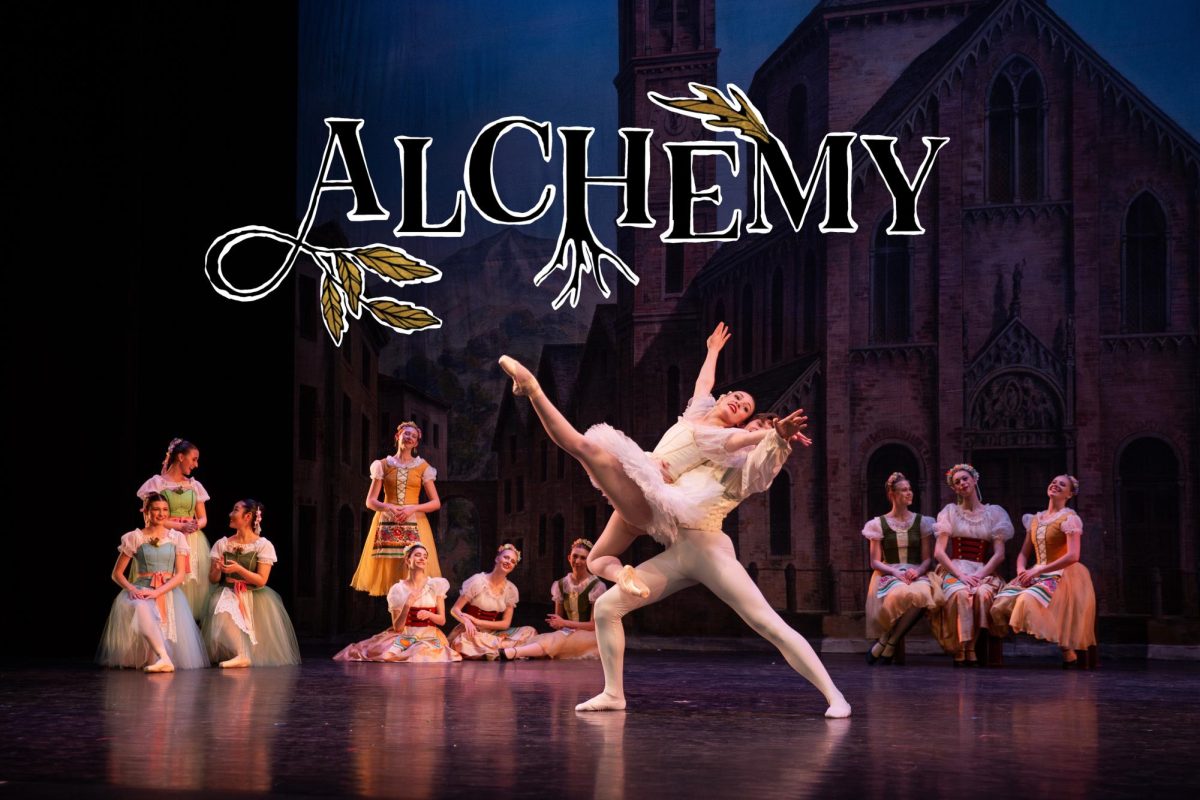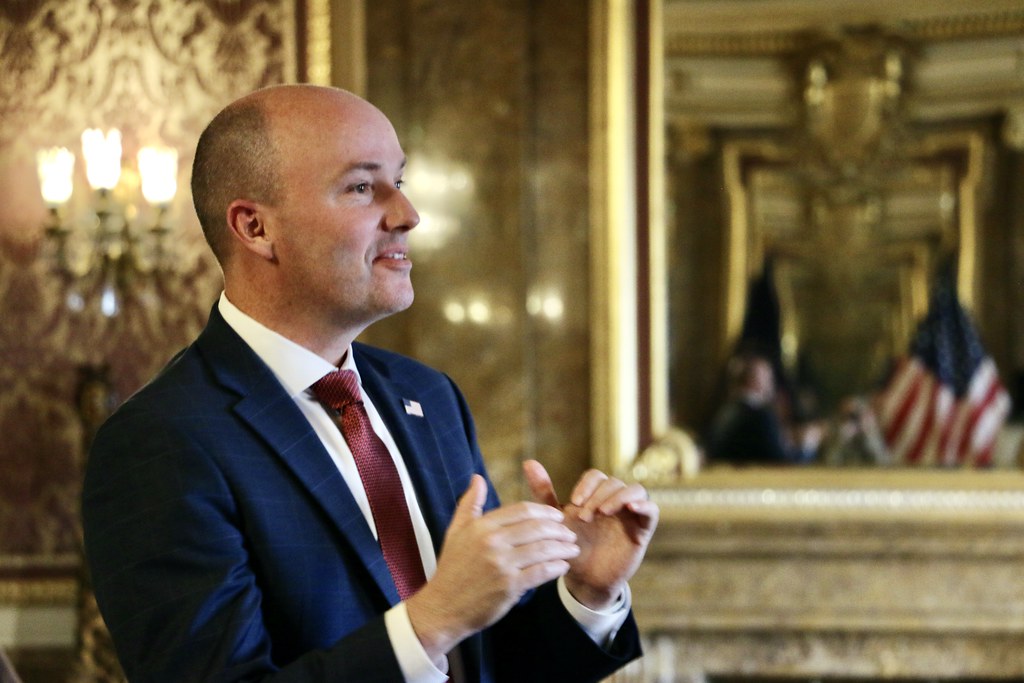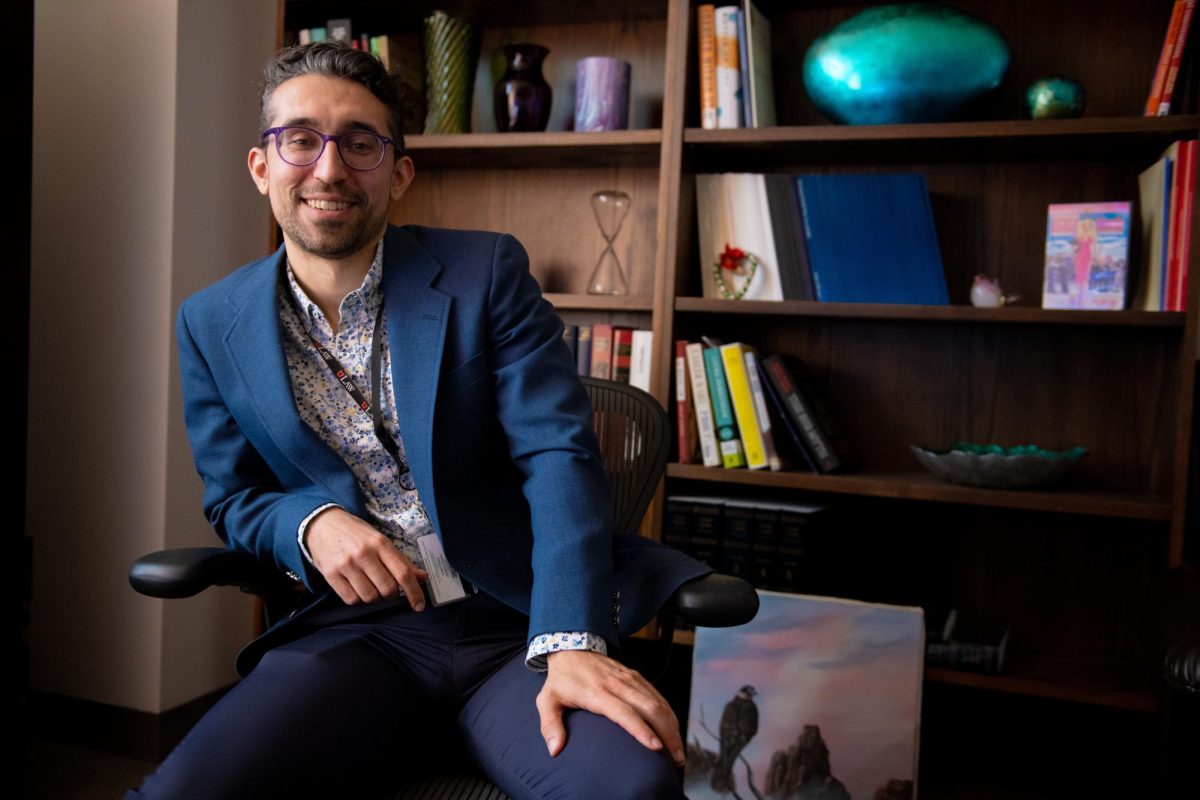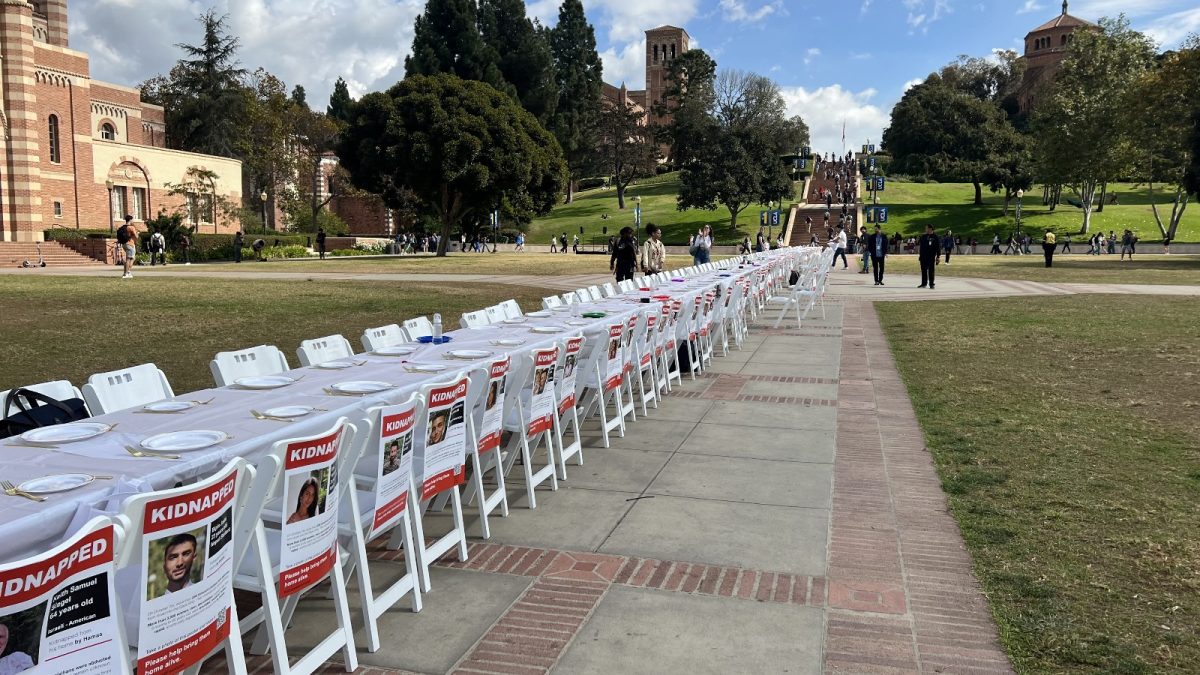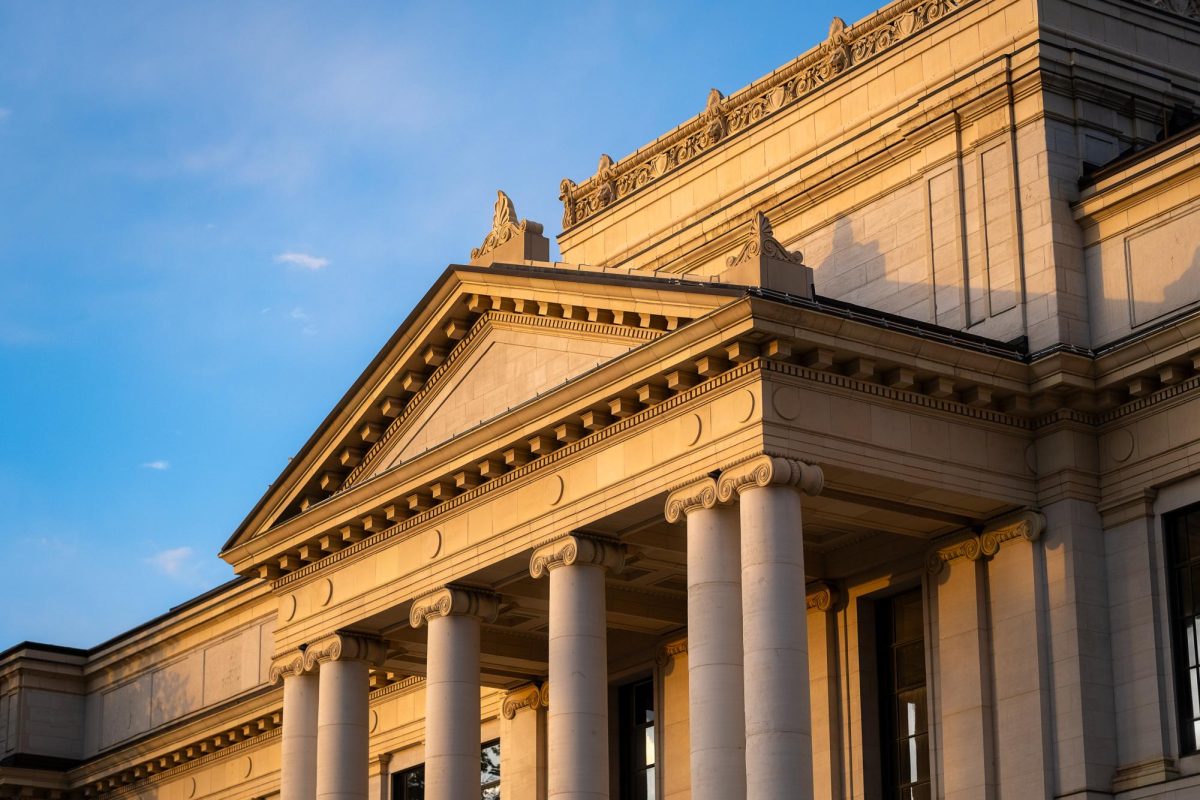Resting heavily on stands instead of the minds of movers, dozens of massive minerals are on display at the Utah Museum of Natural History.
The largest mineral is a 2,200-pound quartz that is shaped like a barbell.
“It was amazing watching people set this up. The way it’s weighted, it seems it could easily snap down the middle,” said Sarah George, director of the natural history museum.
The Utah museum is the first museum outside of Texas to receive the traveling collection, which has spent the last two years in the Houston Museum of Natural Science. “The collection contains about 210 pieces, but we really did send out the cream of the crop,” said Joel Bartsch, curator of gems and minerals for the Houston museum. “We chose the pieces we were sending first on stunning eye appeal and then on durability.”
Before the Houston museum received it in 2001, the collection resided in the Pennzoil Building in Houston for nearly 30 years.
The minerals and gems came together through the Duval Mining Company’s Battle Mountain, Nev., properties, according to Bartsch. The company was a subsidiary of Pennzoil, he said, and ended up in the corporate suite of the company in Houston.
The Houston museum lobbied for nearly 20 years to get the gems in its collection, and after Pennzoil merged with Shell, both companies were “very supportive” of putting them on display.
Bartsch said the exhibit was “a big, giant ‘gee golly wow’ kind of thing, and people loved it here.” Due to the popularity of the exhibit, he said he chose to send it on to other museums.
The dazzling gems came from not only the mines in Nevada, but also from places as far away as Afghanistan and Brazil, like the 70,000-carat aquamarine beryl. Green forms of this stone are emeralds, and the red form is the Utah state gem.
“In all of these gems, different impurities in the minerals give it different colors,” George said.
Also on display is the largest nugget of turquoise, often used in making Navajo jewelry, which was found in the Kingman, Ariz., mine.
George said she welcomes students from all classes, ranging from geology to art, to look at these minerals.
“We have all of these minerals in our collection, but they aren’t nearly the size of these,” she said.
While some of the smaller pieces are under glass, the larger ones are in open air.
“We don’t want anyone touching them, but to have them out in the open like this just brings the colors alive,” she said.
The museum is open Monday through Saturday from 9:30 a.m. to 5:30 p.m. and Sunday from noon until 5 p.m. Admission is free to students with current student ID cards.




